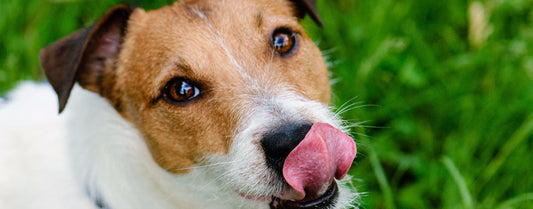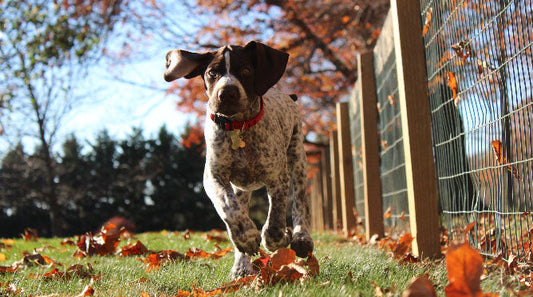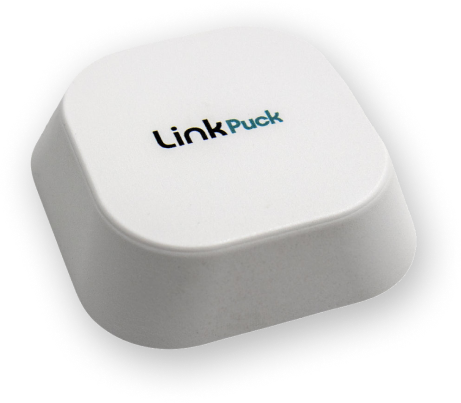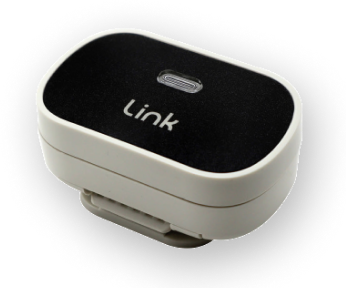If you're like us, keeping your dog healthy is one of your main concerns. From feeding them the proper quality food, taking them for routine checkups, to exercise and grooming, you pride yourself on being a responsible pet owner. However, if your pup's dental health is sometimes overlooked, there can be both short and long-term consequences. The American Veterinary Dental College states that many dogs show signs of dental issues and periodontal disease by three years old.
We're excited to share some easy ways that you can help keep your dog's smile healthy and bright!
Brush those canines:
There are many products on the market that can help you care for your dog's teeth right at home. It is important to keep up on these techniques in between veterinary visits. One method is a finger toothbrush, which is a small plastic device you place on your finger and can use to gently clean your dog's teeth. It may take some getting used to (for both you and your pup) but can easily become part of your grooming routine once they do. In between brushings there are dental sprays on the market that you can use as well. Lillian Ruff offers one that is made in the USA, is 100% cruelty free, gluten free, paraben free, sulfate free and vegan.
Let them gnaw:
Treating your pup to a nice long chew on their favorite bully stick can help scrape away plaque and dirt that naturally accumulates. Bones not your thing? There are plenty of chew toys made specifically for this reason, just make sure you choose one that's safe for your pup. Dry food and crunchy treats are another effortless way to keep build-up down.
Dental cleaning at the vet:
Have you ever noticed how each time you bring your dog to the vet one of the first things they do is check their teeth? If your vet suggests a cleaning or any extractions, take their recommendation into strong consideration. While they can be pricey, it is important to get ahead of any issues. Dental disease not only affects the teeth and mouth, but also internal organs.
A dental cleaning at the vet is much like your appointment at the dentist. The vet will take close inspections of the teeth and gums, take any necessary x-rays, clean all around, and finally dry and polish them. General anesthesia is necessary to do a dog's dental cleaning. Many vets also may require blood work to mitigate any risks associated with the anesthesia.
Notice odors or discoloration?
If you notice any changes in the appearance of your pet's teeth, or any unsettling odors, don't put off contacting your vet for a checkup to make sure there are no issues like abscesses or infections.
As always, if you have any questions regarding the right type of dental care for your dog, ask your veterinarian during your next visit.





